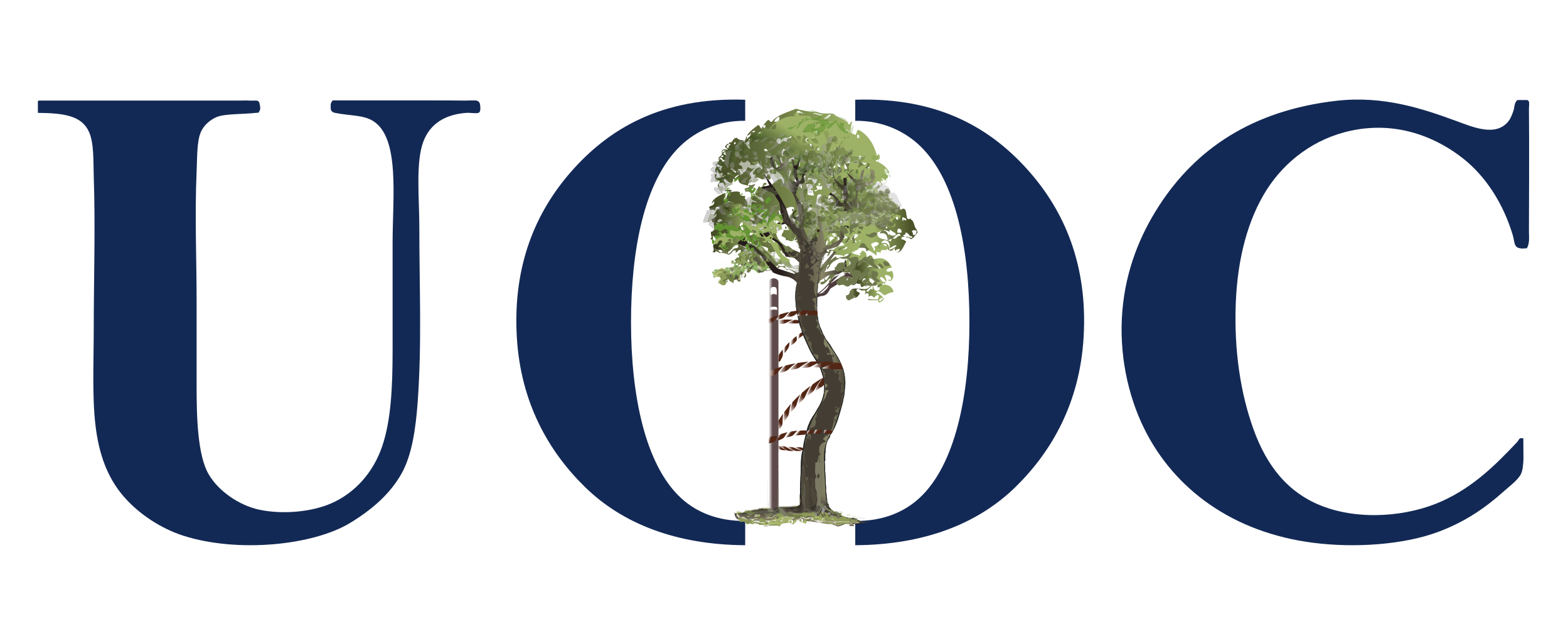Fractures can cause lifelong pain and mobility issues if they don’t heal properly. For the best in advanced fracture care, visit Urgent Orthopaedic Care, with offices in the Echo Park and North Hollywood areas of Los Angeles, California. Experienced orthopedic surgeon Vlad Gendelman, MD, QME, AME, FAAOS, offers exceptional, personalized fracture treatment, from conservative options to highly specialized surgical repair. Call the office nearest you or book your appointment online today.
Fractures Q & A
What are fractures?
Fracture is another word for a broken bone. Fractures range in severity from tiny cracks to partial breaks to breaks that separate and displace the bone.
Fractures are a common sports injury, but they also occur as a result of other types of accidents. Older people are especially vulnerable to fractures due to bone thinning (osteoporosis), balance difficulties, and mobility problems.
What are the symptoms of fractures?
Fractures can cause symptoms that include:
- Bone protrusion, bump, bend, or other obvious change in appearance
- Severe pain
- Swelling
- Bruising
- Warmth
- Redness
- Instability or weakness
- Difficulty standing or using the affected part of your body
Most fractures cause immediate symptoms, but some small fractures may only cause symptoms after you continue to use and irritate the affected part of your body.
How do you check for a fracture?
Dr. Gendelman checks the painful area gently and discusses with you how the fracture happened. In most cases, he uses one or more X-rays to locate the fracture and determine what type of fracture you have.
If your fracture doesn’t appear on X-rays, that doesn’t necessarily mean it’s not there. You may need a bone scan, CT scan, or MRI to find those types of fractures or to get highly detailed images for the diagnosis of complicated fractures.
Fractures may occur simultaneously with tissue damage like tendon or ligament injuries, so your imaging tests may also detect other issues that require treatment.
How are fractures treated?
Fracture treatment ranges from conservative care to surgery, depending on your injury. Dr. Gendelman explains your treatment options so you can decide what suits your personal needs.
Some fractures may heal with rest, activity modification, physical rehab, bracing or casting, and additional treatments like Multiwave Locked System (MLS®) laser therapy.
MLS therapy is a noninvasive treatment that uses laser light to diminish swelling, inflammation, and pain while encouraging faster healing as you recover from your fracture.
If you have a severe or complicated fracture, you could need surgical fracture repair. Dr. Gendelman is experienced in orthopedic trauma, and he can skillfully repair the fracture and set the bone permanently in its proper place using state-of-the-art techniques.
For expert fracture repair and a smooth recovery, call Urgent Orthopaedic Care or click on the provided booking tool now.





